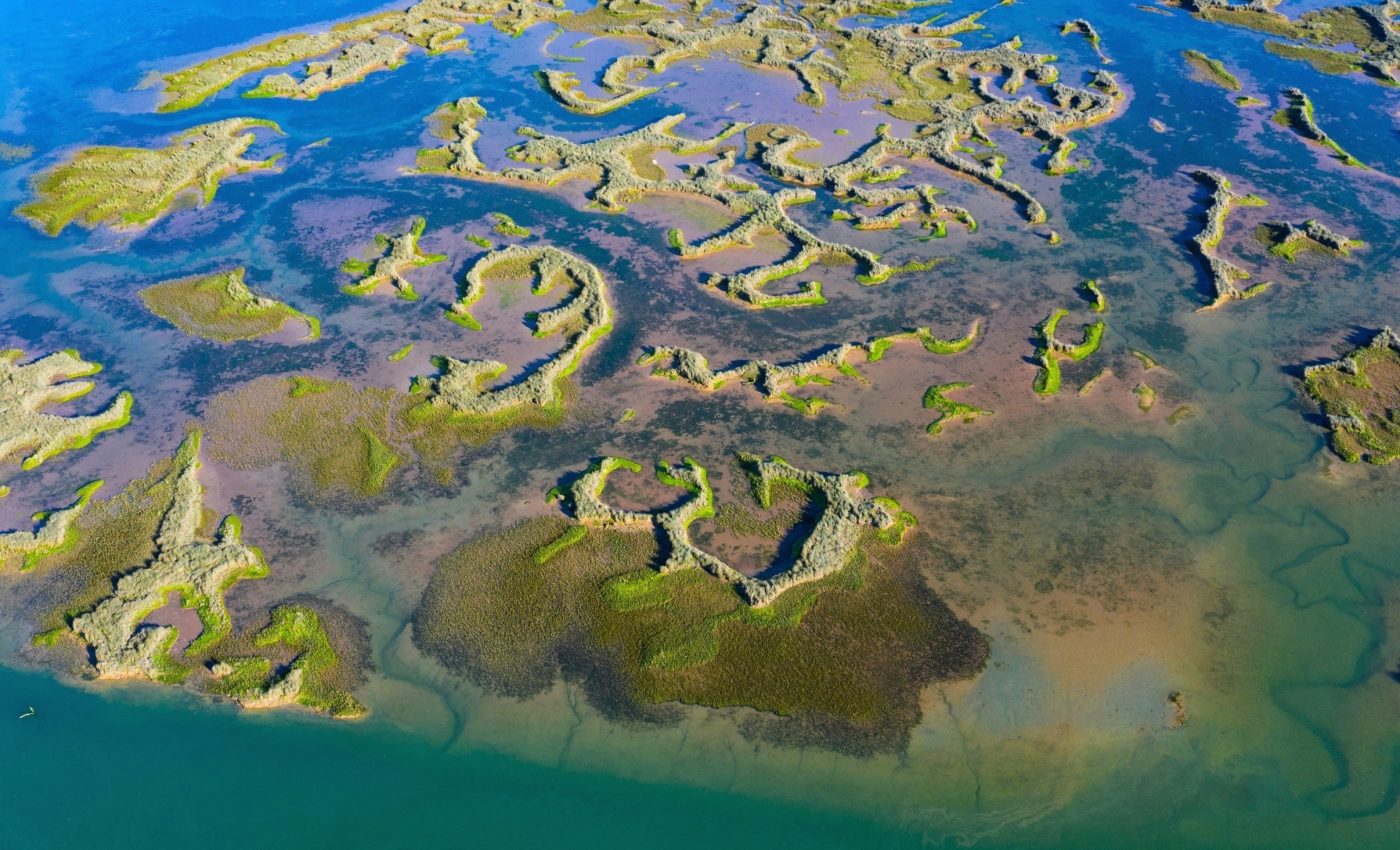
Rivers carry hidden carbon that shapes Earth’s climate
Every river carries stories of land and life. As it flows into the sea, it brings dissolved organic matter – bits of carbon from plants, soil, and human activity.
Scientists from the Institute of Science Tokyo and China’s Nanjing Institute of Environment Sciences tracked this material through three rivers meeting the Yellow Sea.
Their findings show how pollution, microbes, and saltwater shape greenhouse gas emissions. These rivers act like testing grounds for climate behavior.
The study reveals that small variations in water chemistry can change how much carbon escapes into the air.
By connecting land-based pollution with ocean processes, the research exposes a hidden link between everyday human activity and the planet’s atmospheric balance.
Carbon on the move
The experts found rivers rich in land-derived carbon. Lignin, a tough compound from plants, made up nearly three-quarters of the dissolved organic matter. Its concentration dropped downstream, showing dilution and microbial use.
“This isn’t just background noise,” said Dr. Chuanqiao Zhou, the study’s lead author. “It’s a massive infusion of carbon from human-altered landscapes – agriculture, deforestation, urban runoff. And it’s feeding the microbial engines that drive greenhouse gas production.”
Runoff from farmland and forests delivers this lignin during rains. The constant flow keeps feeding microbes that convert carbon into carbon dioxide and methane. These gases escape from the water surface, turning calm rivers into invisible climate contributors.
River microbes release carbon
The research team discovered a lively microscopic world. Proteobacteria dominated river sediments, reaching almost seventy percent in some areas.
These microbes break down organic matter and release gases in the process. Upstream waters, with more lignin and nutrients, showed stronger microbial activity and higher emissions of carbon dioxide, methane, and nitrous oxide.
Microbes thrive on easy-to-digest organic compounds like proteins, but lignin slows them down. Its complex structure needs special enzymes and ideal conditions to decompose. When salinity rises, microbial growth weakens, and decomposition slows.
Salt slows river carbon gases
As fresh water mixes with seawater, salinity climbs and emissions drop. Salt changes how microbes work and alters chemical reactions. In the Yellow Sea estuaries, salinity acted as a natural brake on methane and nitrous oxide release.
“As seawater mixes in, it dampens the microbial frenzy fueled by land-based inputs,” explained study co-author Dr. Fei He.
Higher salt also makes proteins in the water more stable, while lignin becomes harder to break down. The study found that greenhouse gas emissions consistently declined from river sources to estuaries.
Shared control of emissions
Two main forces govern emissions here – terrestrial organic matter and salinity. Where land-derived carbon is abundant, microbes thrive and gases rise. Where seawater dominates, microbial activity shrinks and emissions fall.
This pattern shows how rivers and oceans jointly shape the planet’s carbon balance. The research highlights a delicate exchange zone, where land pollution meets marine chemistry.
A shift in rainfall, deforestation, or dam construction can tip this balance, changing how much carbon escapes into the air.
Salinity doesn’t just dilute river water – it rewires microbial metabolism and alters which gases form. Even small environmental changes ripple across ecosystems, influencing global climate feedbacks and regional air quality.
Managing rivers to cut emissions
The study links chemistry, ecology, and climate science into one story. Better land management can reduce runoff and control greenhouse gas production. Protecting natural salinity gradients helps maintain balance.
Understanding how microbes and salt regulate these emissions can guide coastal climate policy. These insights can help governments design smarter monitoring systems for estuaries and coastal rivers.
Restoring wetlands, limiting fertilizer use, and managing river flow can all make a measurable difference.
The research also encourages policymakers to include estuaries in national carbon budgets. When scientists and decision-makers work together, small local actions can strengthen the global response to climate change.
Estuaries control Earth’s climate
Estuaries are not quiet borders between land and sea. They are living systems where carbon constantly shifts between storage and release. This research shows that even small changes in runoff or salinity can ripple through global climate patterns.
The river’s journey to the sea is not just scenic – it is part of Earth’s climate rhythm. Each estuary acts like a control valve, deciding how much carbon stays buried and how much escapes into the air.
When rainfall increases or tides shift, the balance changes as microbes speed up or slow down.
Nutrients, salt, and organic matter mix differently. These subtle interactions shape long-term atmospheric trends and influence local ecosystems at the same time.
The study is published in the journal Carbon Research.
—–
Like what you read? Subscribe to our newsletter for engaging articles, exclusive content, and the latest updates.
Check us out on EarthSnap, a free app brought to you by Eric Ralls and Earth.com.
—–













